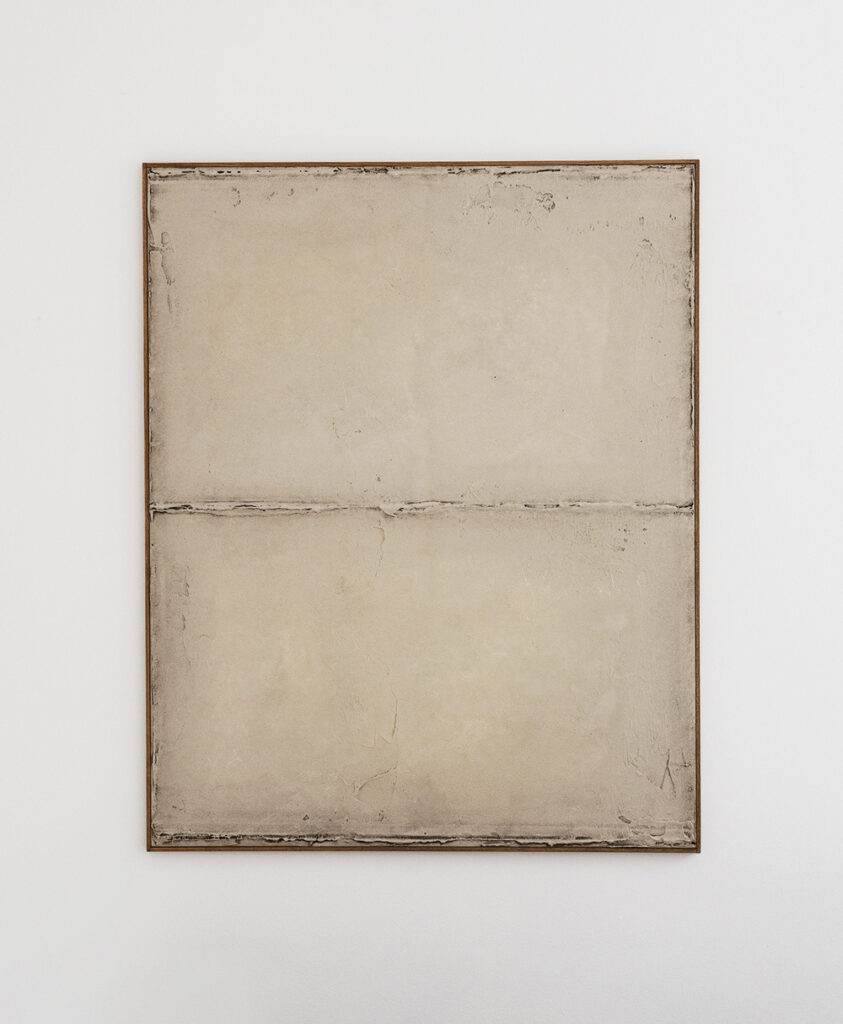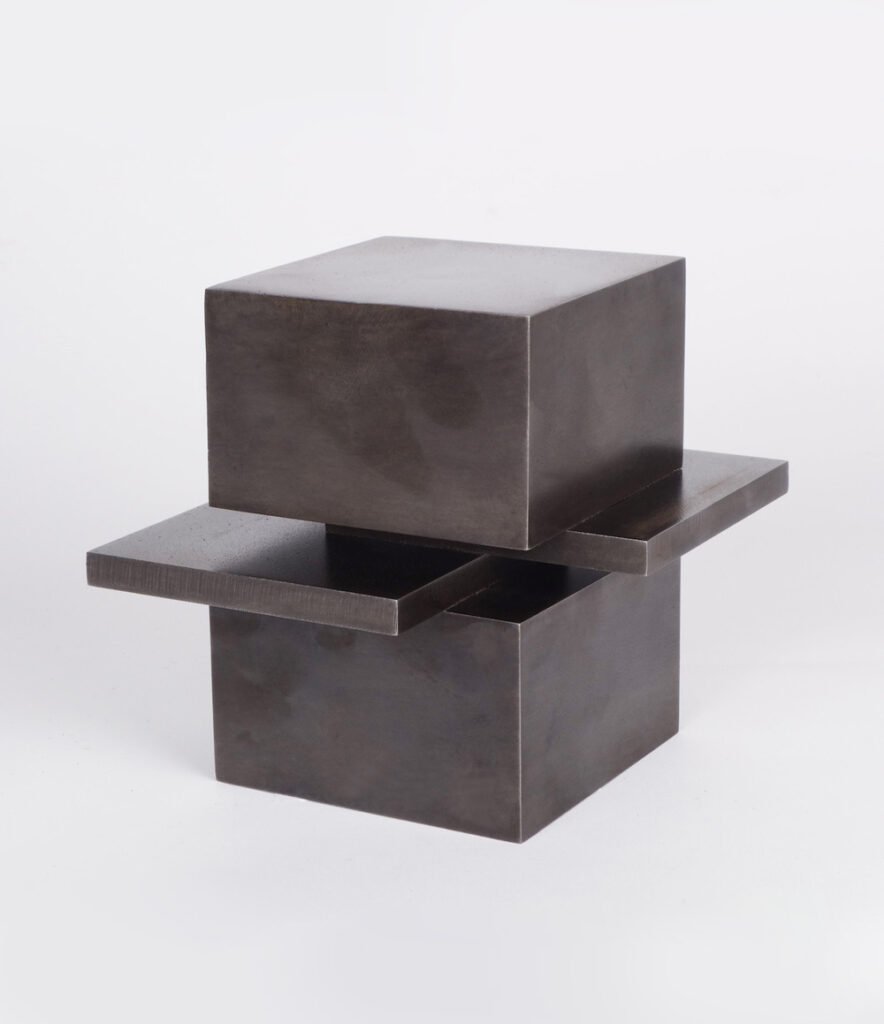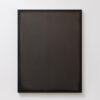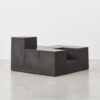The concept of minimalist aesthetics states that an object, a piece of furniture, a work of art, or a building can get by with the most minimal creative means. At the same time, it is not less in its appearance or expressiveness – it is quite the opposite.
Already at the end of the 19th century, artists experimented with saying more with less. In recent years, “Minimalism” has reached a new level of popularity. I’m not surprised because, with the internet and our fast-paced world full of distractions, anything with a minimalist aesthetic offers a moment of peace and harmony. It offers us the opportunity to create a space for contemplation and thus appreciate the beauty of simplicity. But minimalist aesthetics offer so much more. So what does the term mean?
To answer this question, it is helpful to look at the origins of Minimalism in Art. The use of a minimalist aesthetic in art began as early as the beginning of the 19th century. Kazimir Malevich’s “Black Square” is one of the best-known examples of the first minimalist abstraction. Then, in the early 1950s and 1960s, a group of artists emerged to explore the sobriety of objects and the relationship of the viewer with the object. It was meant to be a counter-movement to the drama of Abstract Expressionism, which was very popular at the time. If you would like to learn more about the beginnings of the Minimal Art movement, I recommend this article.
But it was not only in America that there was a movement toward a minimalist approach to art; in Japanese aesthetics, a reduction to the essential is firmly anchored. In Korea, too, artists and designers have been devoting themselves to the essentials for centuries, in art, design, and architecture.
The aim of art is to create space – space that is not compromised by decoration or illustration, space within which the subjects of painting can live.
Frank Stella On Minimalist Art


Less is More – A Philosophy
Minimalist aesthetics, however, is so much more than just a trend or the latest movement in art and design. It is a philosophy of life that has been lived by artists, designers, and architects of all kinds for generations. It invites us to engage with “nothingness”, a state that represents clarity, confidence, harmony, and tranquility.
For me, minimalist aesthetics, especially in art, is more than just an artistic element. The artist doesn’t lead me through the motif, but I as the viewer have to engage with the work, immerse myself in it and feel it. This is what makes it so exciting and aesthetic for me personally. If you want to dive deeper into this topic, I recommend the following articles: Minimalism In Art: Is It Really That Simple? and When Is Minimalism In Art Too Minimalist?
Ultimately, a minimalist aesthetic is about appreciating the beauty of simplicity. It encourages us to contemplate and can give us a moment of peace. It inspires us and gives us space for interpretation and creativity. This is the meaning and power of minimalist aesthetics.



